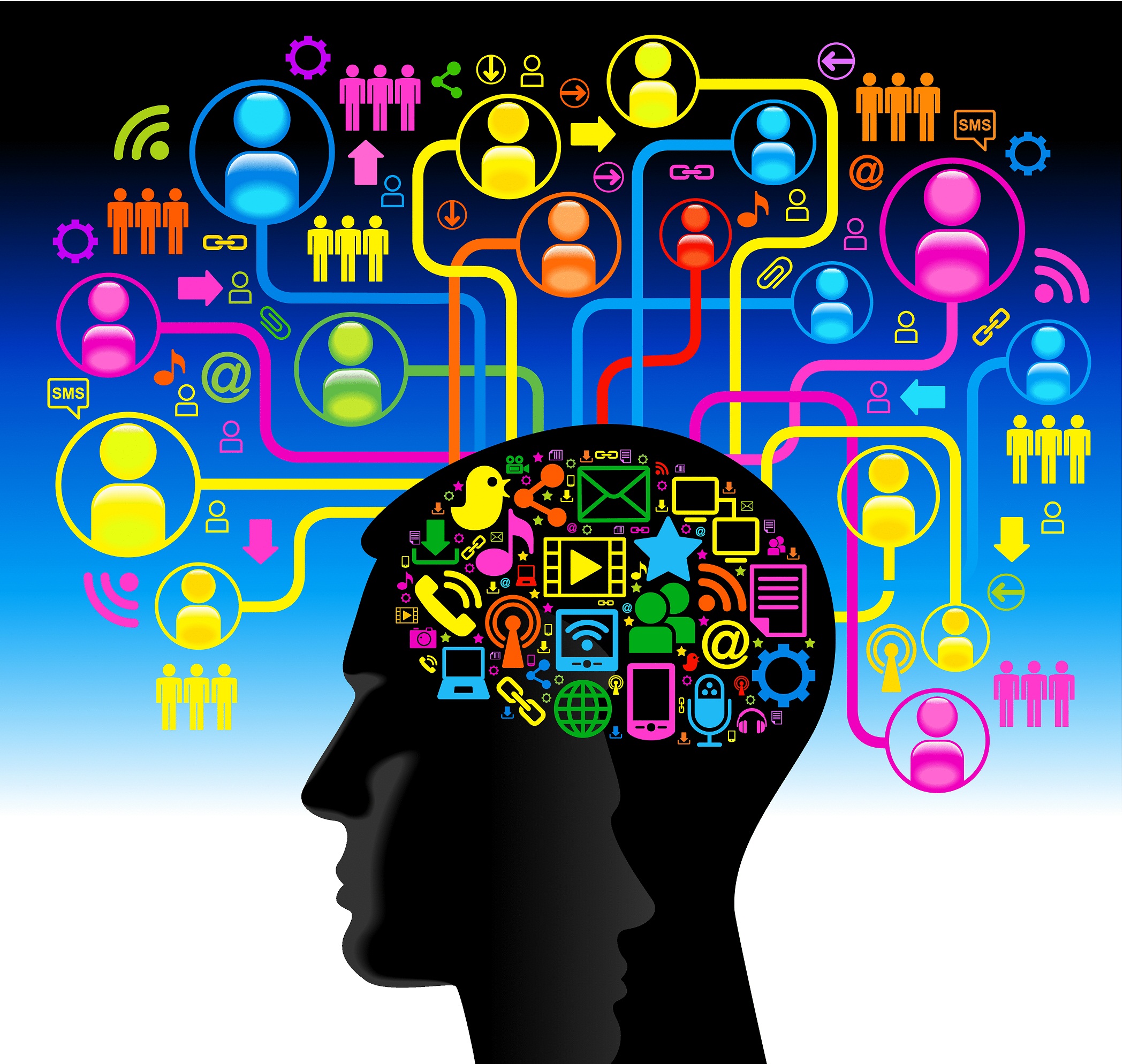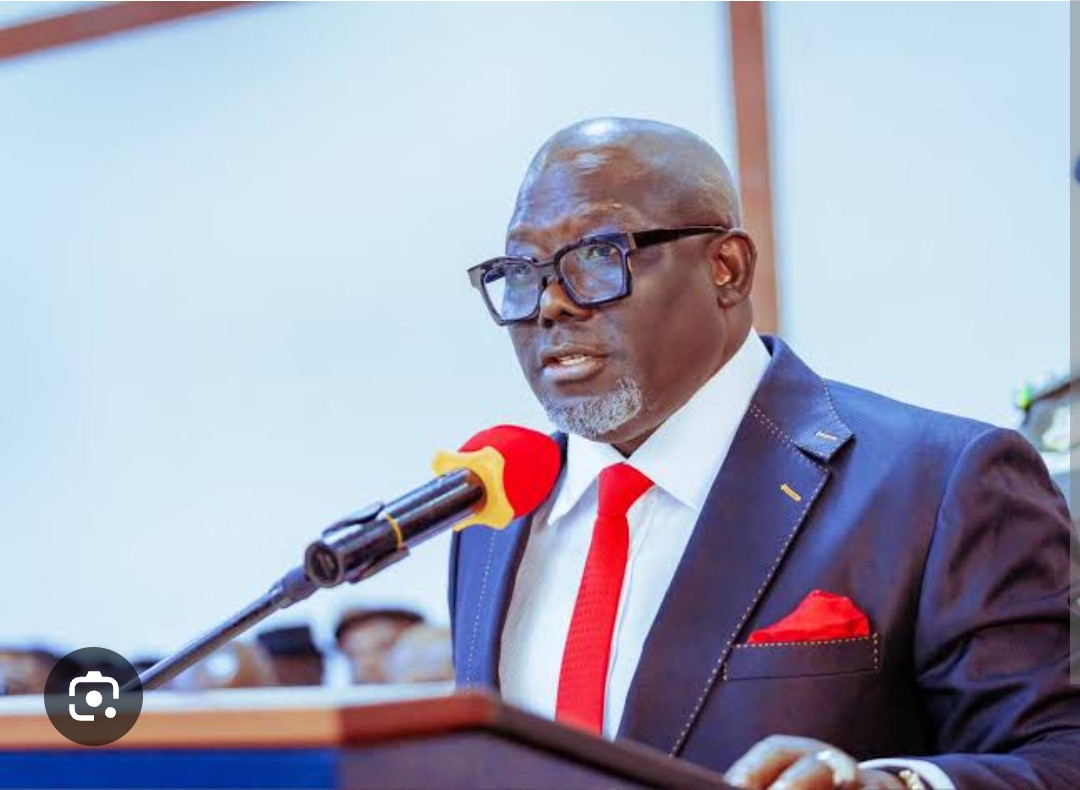Learning is the process of acquiring knowledge, skills, values, or attitudes through study, experience, or instruction. It is a complex and continuous process that allows individuals to acquire new information and apply it to their lives.
Learning can occur through various methods such as observation, reading, listening, practice, and experimentation. It is essential to human development and plays a critical role in personal, social, and economic growth. Whether it’s learning a new language, developing a skill, or gaining knowledge about a subject, learning is an ongoing process that continues throughout our lives.
Learning in class
Learning in class refers to the process of acquiring knowledge, skills, and understanding in a formal educational setting, such as a classroom or lecture hall. In a typical classroom setting, a teacher presents information to students using a variety of instructional methods, such as lectures, discussions, group activities, and multimedia presentations. Students are expected to actively engage with the material, ask questions, and participate in class discussions to deepen their understanding of the subject matter.
Effective learning in class requires active participation, focus, and engagement from both the teacher and the students. Teachers must use engaging and interactive teaching methods that cater to different learning styles to make the learning experience enjoyable and effective. Students, on the other hand, need to come prepared for class, be attentive, take notes, and actively participate in class discussions to fully absorb the material being presented.
The learning that takes place in class is not limited to the acquisition of knowledge but also involves the development of skills such as critical thinking, problem-solving, and communication. In summary, learning in class is a collaborative process that involves both the teacher and the students working together to achieve the desired educational outcomes.
How teachers can make learning fun
Use games: Incorporating games into lessons is a great way to make learning fun. Teachers can create educational games that align with their lesson plans or use existing games that reinforce the concepts being taught. Games can be used to teach vocabulary, math, history, and more.
Bring in real-world examples: Making lessons relatable to the real world can help engage students and make learning more interesting. Teachers can use current events, real-life scenarios, and examples from pop culture to help students understand complex concepts.
Use technology: Incorporating technology into lessons can make learning more interactive and engaging. Teachers can use educational apps, online quizzes, and interactive whiteboards to make lessons more fun and interesting.
Encourage collaboration: Group projects and activities can help make learning more enjoyable. Teachers can encourage students to work together on assignments, experiments, or projects to foster teamwork and make learning a collaborative process.
Use humour: Injecting humour into lessons can make learning more enjoyable and memorable. Teachers can use puns, jokes, and funny anecdotes to make lessons more entertaining and engaging. However, it’s important to use humour in an appropriate way that doesn’t detract from the learning process
Read also: How to promote retention among your students as a teacher











